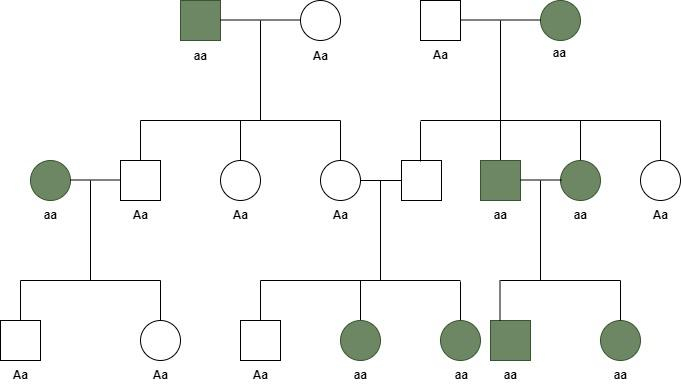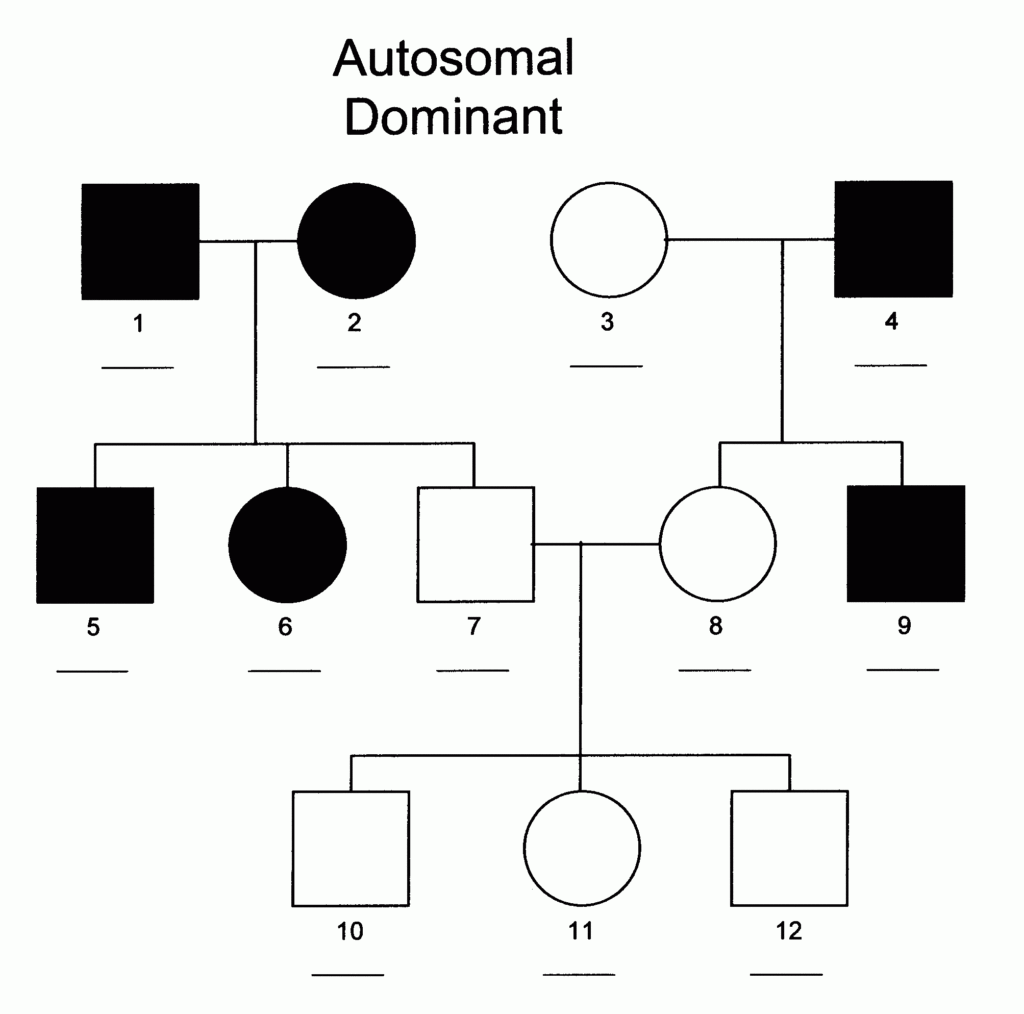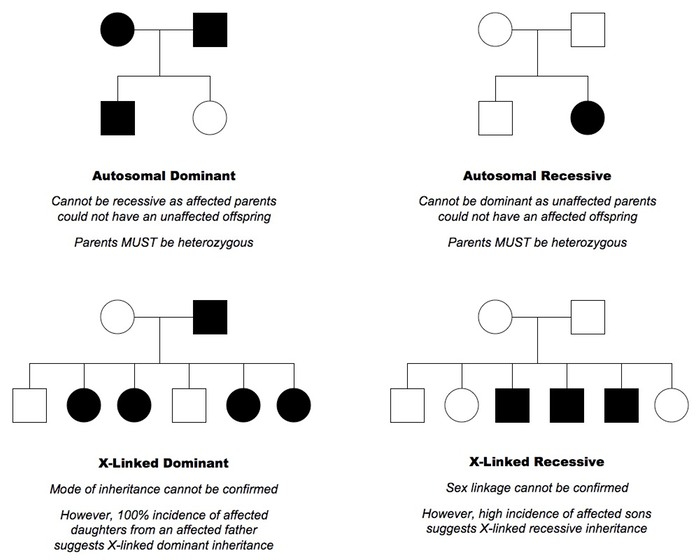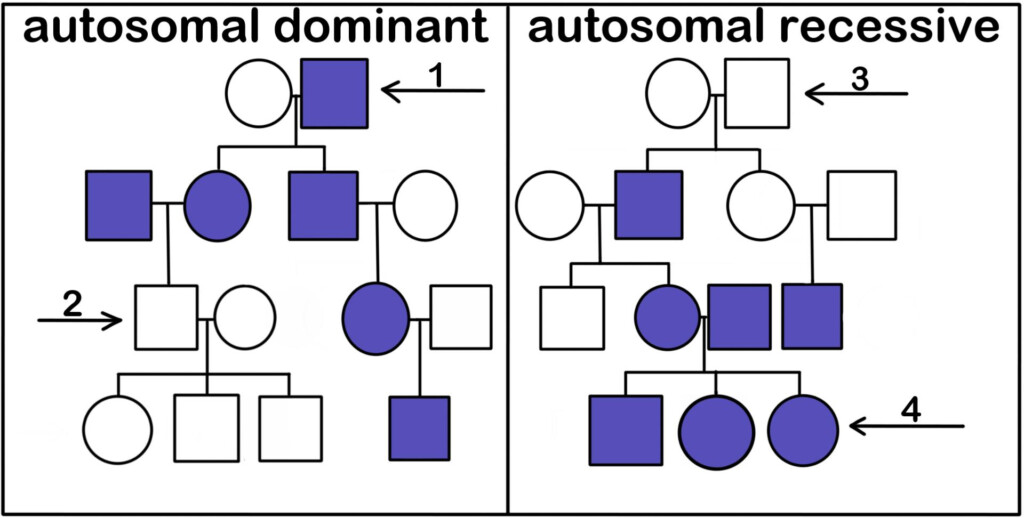Autosomal recessive disorders are genetic conditions that occur when an individual inherits two copies of a mutated gene, one from each parent. Unlike autosomal dominant disorders, where only one copy of the mutated gene is needed to express the trait, both copies of the gene must be mutated for an autosomal recessive disorder to manifest.
These disorders can affect various systems of the body, including the nervous system, immune system, and metabolism. Examples of autosomal recessive disorders include cystic fibrosis, sickle cell anemia, and Tay-Sachs disease. Understanding the inheritance pattern of these disorders can be depicted using pedigree charts.
Examples Of Autosomal Recessive Disorder Pedigree Charts
Examples of Autosomal Recessive Disorder Pedigree Charts
When analyzing pedigree charts for autosomal recessive disorders, certain patterns can be observed. In these charts, affected individuals are typically born to unaffected parents, as carriers of the mutated gene are often asymptomatic. Consanguineous marriages, where individuals share a common ancestor, can increase the likelihood of autosomal recessive disorders appearing in offspring.
One example of an autosomal recessive disorder pedigree chart is for cystic fibrosis. In this chart, affected individuals are represented by filled circles or squares, carriers are denoted by a half-filled circle or square, and unaffected individuals are represented by empty circles or squares. By studying these charts, genetic counselors and healthcare providers can assess the risk of autosomal recessive disorders in families and provide appropriate guidance and support.
Importance of Genetic Counseling for Autosomal Recessive Disorders
Genetic counseling plays a crucial role in the management of autosomal recessive disorders. By analyzing pedigree charts and conducting genetic testing, counselors can provide individuals and families with valuable information about their risk of inheriting or passing on a genetic condition. Counseling sessions may also involve discussing family planning options, prenatal testing, and available treatment options for affected individuals.
Overall, understanding the inheritance patterns of autosomal recessive disorders through pedigree charts can help healthcare providers and families make informed decisions about genetic testing, family planning, and disease management. By raising awareness about these genetic conditions and promoting genetic counseling services, we can empower individuals to take control of their health and well-being.
Download Examples Of Autosomal Recessive Disorder Pedigree Charts
Autosomal Recessive Inheritance Pedigree
Autosomal Recessive Inheritance Pedigree
Autosomal Recessive Inheritance Pedigree
Autosomal Recessive Inheritance Pedigree




